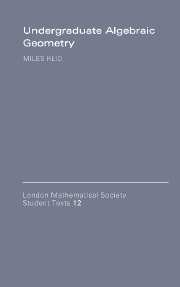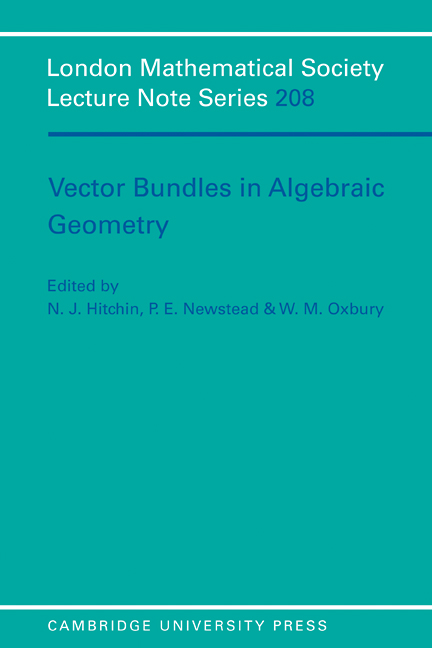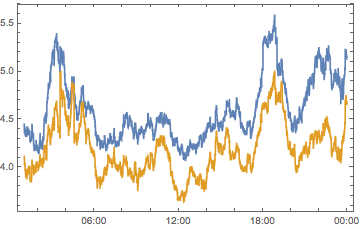
Of course, you can start with the dual of cotangent sheaf and get the tangent sheaf and then tangent bundle but often the cotangent sheaf appears more naturally.

In summary, cotangent Sheaf is a standard thing in algebraic geometry and defined in the usual way, It is a standard construction to get an actual bundle associated with a sheaf, But for most of the things you need In algebraic geometry, the cotangent sheaf is more useful. Ask an expert to explain a topic to you, the main ideas, that is, and the main theorems. If you like to have a scheme instead of a sheaf it is very standard thing to get a bundle:you look at $Spec Sym\Omega$(if our scheme is smooth this is locally an affine space whose coordinates are given by the local parameteres on that open subset exactly like the usual cotangent bundle).īut often the sheaf viewpoint is more useful than the associated scheme: In differential geometry, it is harder to define tensors and connections,but these are very natural when you work with cotangent sheaf, it is also easier to talk about deformation theory in the language of cotangent sheaf, and even In differential geometry people use the language of sheaves to talk about cohomology. Concentrated reading on any given topicespecially one in algebraic geometry, where there is so much techniqueis nearly impossible, at least for people with my impatient idiosyncracy. It follows $\Omega:=\Omega^1_$ where $I$ is the kernel of multiplication map $A\otimes A\to A$(or more directly as the module generated by $df,f\in A$ and with the usual relations) and then gluing these modules to define a sheaf over $X$.
#Stack algebraic geometry how to
Good references are online notes by Ravi Vakil, and Sernesi's book Deformations of algebraic schemes.Question: "My question is, how might I construct the tangent bundle on a smooth scheme? It is clear how to define the tangent space at a point: the Zariski tangent space."Īnswer: If $k$ is a field and $k \rightarrow A$ is a $k$-algebra, let $I\subseteq A\otimes_k A$ be the kernel of the multiplication map $m:A\otimes_k A \rightarrow A$ĭefined by $m(a\otimes b):=ab$. If you have one, you may want to know if you can extend it further, and this leads to study small extensions of local Artin $k$-algebras. you may not have any deformation at all over a certain algebra $A$, whereas over $D$ you always have the trivial deformation (the one corresponding to the element of the cohomology group which is concerned). These are very different from the first order one, e.g. Suppose you have a family of curves over $\mathbb A^1=\textrmk/t^3$ is the study of higher order deformations. It is just an attempt, I cannot promise it will be useful. What follows is an attempt to motivate this beautiful and difficult (in my opinion) subject.

Some of the above mentioned notes say that deformation theory is somehow related to Moduli Theory. But if youre working over a field k k other than R R or C. For example, if youre looking at the affine space A1(C) A 1 ( C), you could just give it the topology of C C. The idea behind the Zariski topology is to endow affine space with a topology that is described in purely algebraic terms. I understand what is meant by Moduli Space. Comfort with algebraic geometry (the language of schemes), combined with a willingness to work with things you havent fully mastered. The open sets are then complements of algebraic sets. I would appreciate if someone writes an answer either stating 1) Why to study deformation theory? 2) What is deformation theory? or Someone can point out any another nice reference to study Deformation Theory. May be I am missing some points for understanding. All the lectures seems to be very abstract to me. In mathematics, an algebraic stack is a vast generalization of algebraic spaces, or schemes, which are foundational for studying moduli theory.Many moduli spaces are constructed using techniques specific to algebraic stacks, such as Artin's representability theorem, which is used to construct the moduli space of pointed algebraic curves, and the moduli stack of elliptic curves. I am finding it difficult to understand why everyone suddenly starts talking about artinian local algebras.

Annales scientifiques de lcole Normale Suprieure 36.5 (2003): 747-791.

Nothing helped me to understand what is deformation theory actually. Logarithmic geometry and algebraic stacks. Zimaģ) A glimpse on Deformation theory by Brian OssermanĤ) Robin Hartshorne's book on Deformation Theory I have tried reading few lecture notes, for example:ġ) Notes on Deformation Theory by Nitin NitsureĢ) Deformation Theory by M. In particular, its the only undergraduate textbook that isnt commutative algebra with a few pictures thrown in. So, I Googled and I ended up trying to understand Deformation Theory. Miles Reids Undergraduate Algebraic Geometry is an excellent topical (meaning it does not intend to cover any substantial part of the whole subject) introduction. Seshadri and b) Cohomology of certain moduli spaces of vector bundles Proc. I came across these words while studying these papers a) Desingularization of moduli varities for vector bundles on curves, Int.


 0 kommentar(er)
0 kommentar(er)
